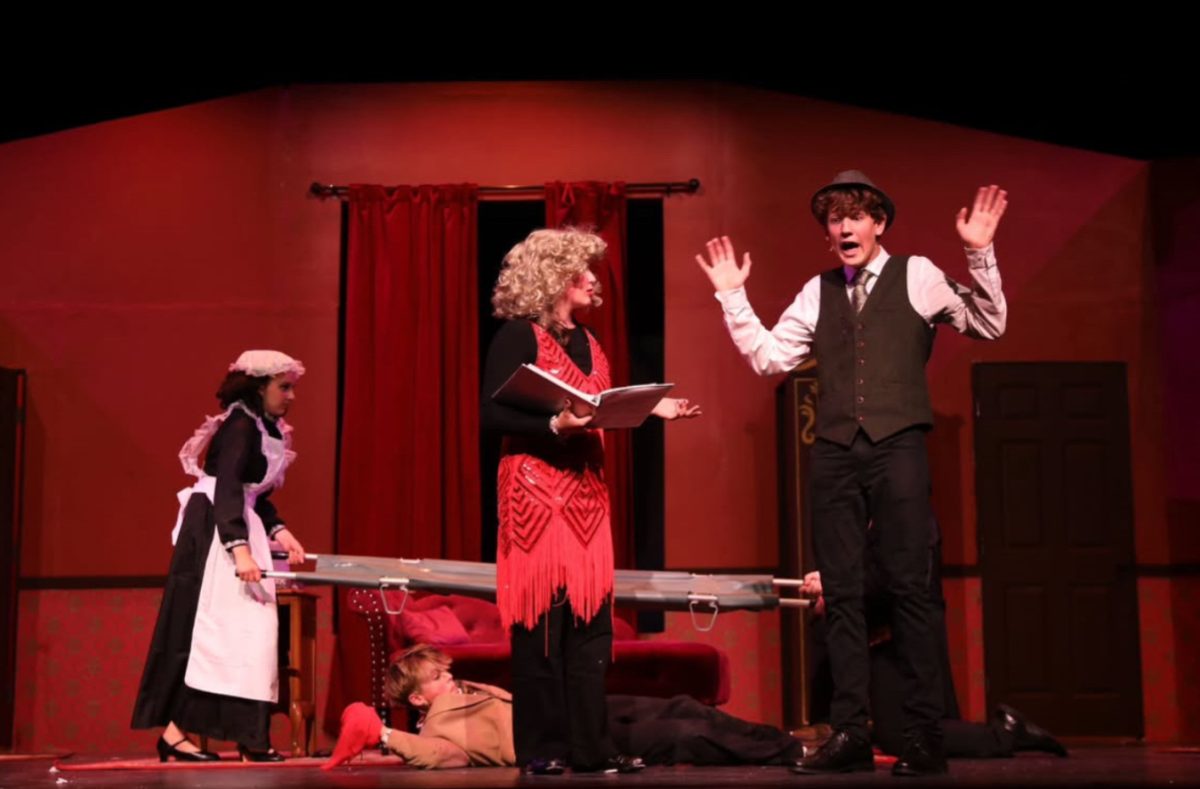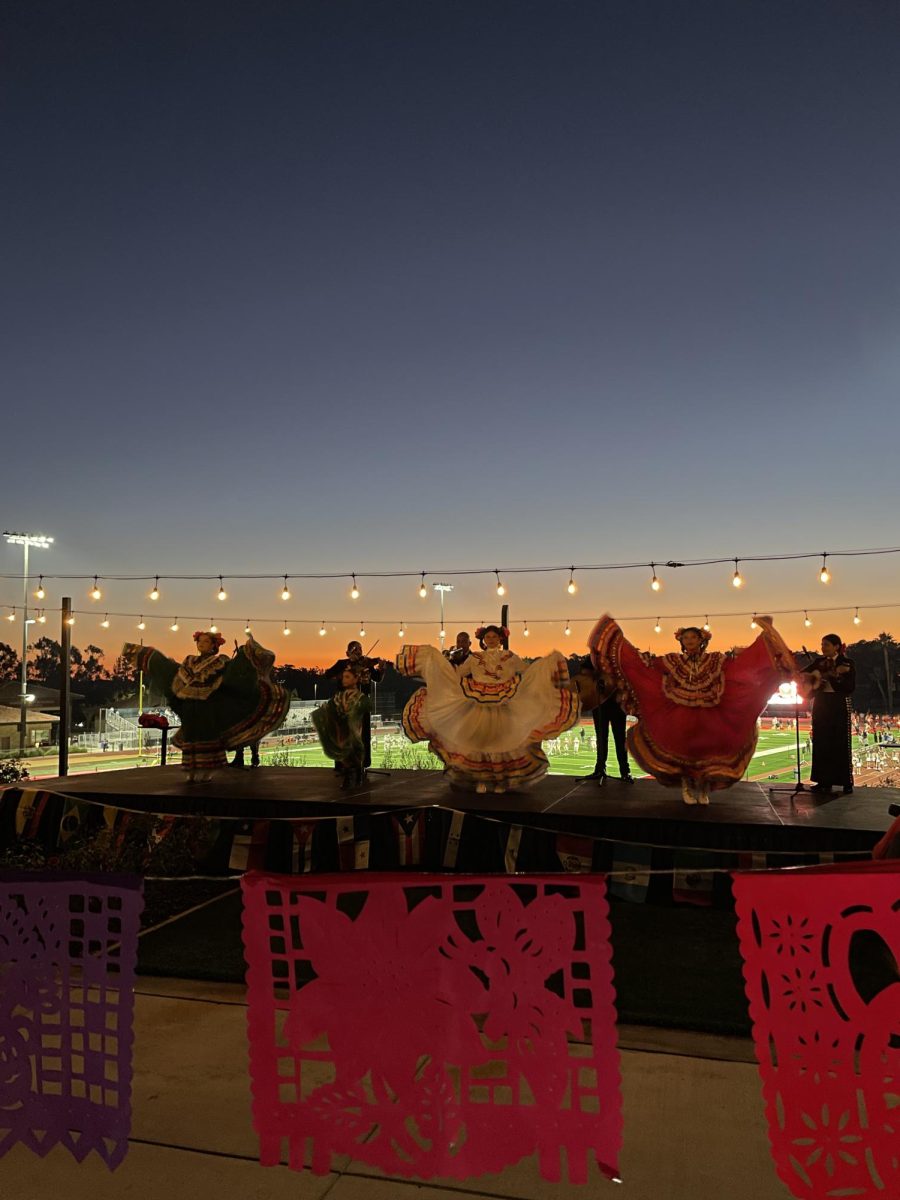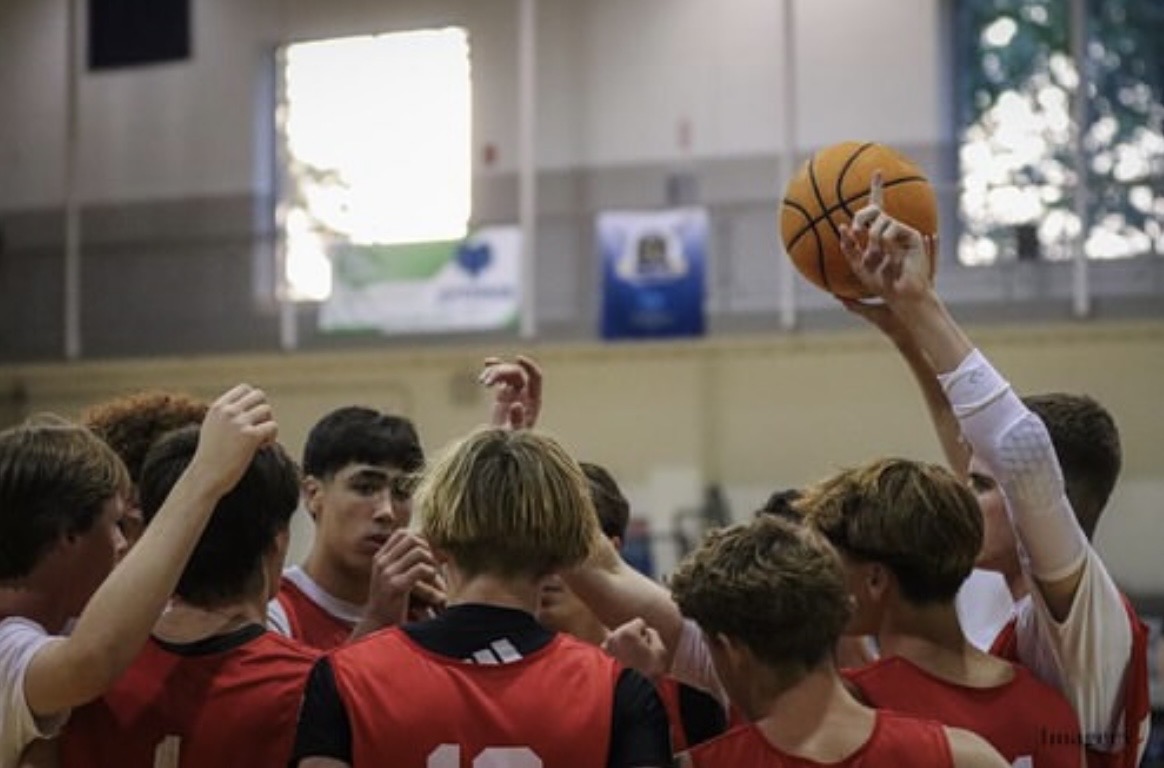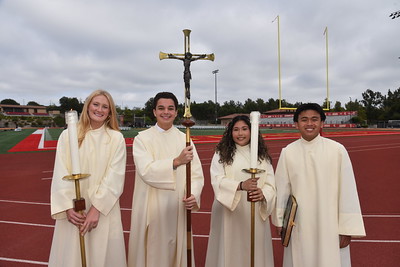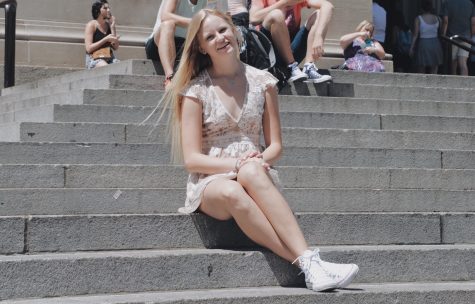USDHS Library undergoes changes
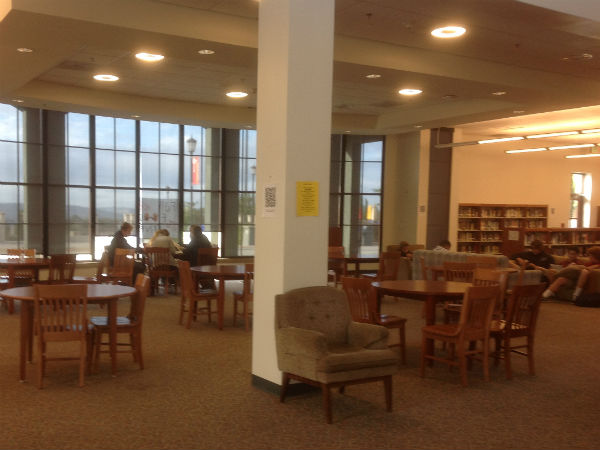
November 14, 2014
Cathedral’s USDHS library had already experienced various changes when the 2014-2015 school year began. The administration decided that the school library needed to be reevaluated in order to better fit the school’s needs as a 21st century, Ipad-integrated educational system.
The new visual appearance of the library included the rearrangement of tables and chairs, addition of couches, and most noticeably, the removal of books. Towards the end of the last school year and over the past summer, the faculty went over the bookshelves to determine which books should be kept or removed. “If a book had not been checked out within the last ten years, or ever, we recycled those books. The books remaining in the library are the ones that have actually been utilized,” said Mrs. Sharon Rubalcava, Assistant Principal of Academics. In its spacious state, the library hosts the potential for another upgrade.
“The library was not necessarily functioning in the 21st century. Online reference books provide a modern take on a library that matches our modern take on education with the Ipads,” said Mrs. Rubalcava. With increasingly paperless classrooms and an Ipad-based curriculum, Cathedral’s library was due for a change, but how the change will be integrated within the library lies in the hands of the administration.
“I believe our now ‘static’ library has great potential to be a dynamic, collaborative, and instructional space. It is a beautiful space that could be brought to life with the energy of an actively engaged learning community,” said Ms. Carolyn Johnson, AP Literature and Composition and Advanced British Literature teacher, who has a degree in Library Sciences.
A certified librarian stands as yet another topic for consideration in the administration’s new vision of the library. While it may seem like an anachronism in our easily accessible online world, a certified librarian still plays an important role in the life of a library. “The school librarian’s role is to be an instructor and collaborator, not simply a floor manager. The librarian should play a vital role in shaping and implementing the educational mission of the school,” said Ms. Johnson.
There is no specific direction towards which the library is planned to head, other than the promise of change in the future as the administration formulates their plan of redesigning the space. “The administration is in the process of re-evaluating what the library should be, and that is going to be a whole new design,” said Mrs. Rubalcava.
The current state of the library leaves the administration in an in-between period of time before a plan is formulated, budgeted, and put into action. “The library is now used as a multipurpose room and study space, with only limited numbers of students permitted to be there at one time. I do think many other teachers would like to see the space turned to more beneficial and enriching purposes for the school’s learning community, under the direction of a qualified librarian,” said Ms. Johnson.
While the library promises potential, its current condition leaves some students and faculty uncertain. “It is too easy to say that the library was dismantled, and the loss was a shame. The library as it existed was no longer serving a useful purpose for most faculty and students, other than as a kind of icon for the ‘idea’ of a library, which is historically cherished by all cultures,” said Ms. Johnson.
“Libraries, historically, have always provided sources of information, and services for locating information. In this age of digital information, so rich, varied, and easily accessible, school library sources and services need to be redefined, according to the needs of students and teachers. I envision the school library as a hub for learning beyond compartmentalized classrooms,” said Ms. Johnson.
The library’s recent changes allow the community to reflect upon what a library truly represents and what purpose it serves for learners in the present-day. “Our school library would be the perfect place to prepare students for true competency as producers and consumers of digital information,” said Ms. Johnson.
Ms. Johnson further explained her reasoning with a quote from the Association of College and Research Libraries: “A visually literate individual is both a critical consumer of visual media and a competent contributor to a body of shared knowledge and culture.” As active learners in the community, students have the opportunity to make use of the library’s resources and environment, while the administration has the possibility to redesign the library to better suit the needs of its active learners.
